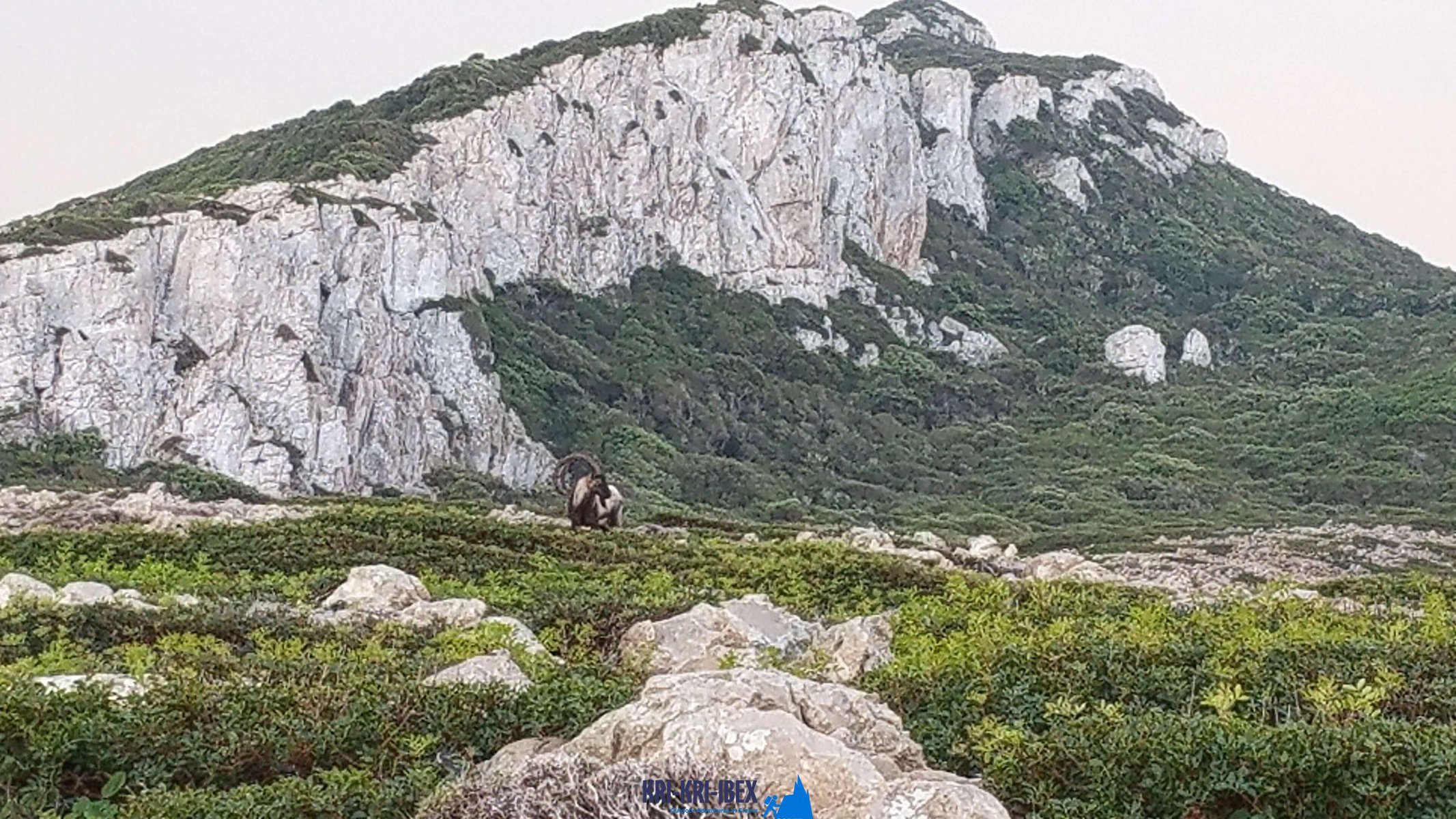
This ibex hunt is various from those experienced by the majority of seekers! It's a great holiday as well as hunting journey all at once when hunting for Kri Kri ibex in Greece. A five-day expedition diving for shipwrecks and spearfishing entails hunting for Kri Kri ibex on an exotic island. What else would you like?

Hunting kri kri ibex in Greece is a difficult undertaking for both abroad as well as local hunters. Searching big game in Greece is limited for abroad hunters. Wild boars and roe deer are the only choices for neighborhood hunters besides kri kri ibex, which may just be pursued in unique hunting areas such as certain islands. In Athens, we offer the possibility to search this incredible monster on two separate islands that are around 150 kilometers away and 300 kilometers away, specifically. The Kri Kri Ibex and also mouflon may just be fired on special searching locations from very early in the early morning until midday, according to Greek legislation. You should schedule a year ahead of time for a license. Only shotguns are permitted, and just slugs might be used. Significant hunters are permitted on these trips since the Greek Ministry of Nature and also Agriculture problems just a certain variety of licenses annually.
On our Peloponnese scenic tours, you'll get to experience all that this remarkable region needs to offer. We'll take you on a scenic tour of a few of the most lovely and also historic websites in all of Greece, including old damages, castles, and extra. You'll likewise reach experience a few of the conventional Greek society firsthand by taking pleasure in some of the scrumptious food and a glass of wine that the region is recognized for. And also certainly, no journey to Peloponnese would certainly be full without a dip in the sparkling Mediterranean Sea! Whether you're a seasoned hunter looking for a brand-new adventure or a newbie tourist just aiming to check out Greece's stunning landscape, our Peloponnese trips are excellent for you. What are you waiting for? Book your trip today!
So if you are trying to find a genuine Greek experience far from the hustle and bustle of tourism then look no further than Methoni in The Peloponnesos! Our outdoor searching for Kri Kri ibex, angling, free diving and touring Peloponnese tours from Methoni are the ideal means to discover this beautiful location at your very own speed with like minded individuals. Contact us today to schedule your position on among our trips.
What is the diference between Kri Kri ibex, Bezoar ibex and hybrid ibex
The kri-kri is not thought to be indigenous to Crete, most likely having been imported to the island during the time of the Minoan civilization. Nevertheless, it is found nowhere else and is therefore endemic to Crete. It was common throughout the Aegean but the peaks of the 8,000 ft (2,400 m) White Mountains of Western Crete are their last strongholds–particularly a series of almost vertical 3,000 ft (900 m) cliffs called ‘the Untrodden’—at the head of the Samaria Gorge. This mountain range, which hosts another 14 endemic animal species, is protected as a UNESCO Biosphere Reserve. In total, their range extends to the White Mountains, the Samaria National Forest and the islets of Dia, Thodorou, and Agii Pandes.
This Ibex is NOT a diminutive form of the Bezoar Ibex, which has migrated into the western-most reach of the range of this species. The kri – kri (Capra aegagrus cretica), sometimes called the Cretan goat, Agrimi, or Cretan Ibex, is a feral goat inhabiting the Eastern Mediterranean, previously considered a subspecies of wild goat. The kri-kri has a light brownish coat with a darker band around its neck. It has two horns that sweep back from the head. In the wild they are shy and avoid tourists, resting during the day. The animal can leap some distance or climb seemingly sheer cliffs.
“The agrimi goat Capra aegagrus cretica is unique to Crete and its offshore islands. It has been identi®ed as a sub-species of the wild bezoar goat Capra aegagrus aegagrus Erxleben, 1777, which it closely resembles in horn shape, body form and coloration. This classi®cation has been disputed by some researchers who claim that the agrimi are feral goats, derived from early domestic stock brought to the island by the ®rst Neolithic settlers. In order to clarify this issue, DNA analyses (cytochrome b and D loop sequences) were carried out on tissue of live and skeletonized agrimi and compared to sequences of wild and domestic caprines. Results conclusively show the agrimi to be a feral animal, that clades with domestic goats (Capra hircus) rather than with wild Asiatic bezoar. This study demonstrates that morphometric criteria do not necessarily re¯ect genetic af®nities, and that the taxonomic classi®cation of agrimi should be revised.”